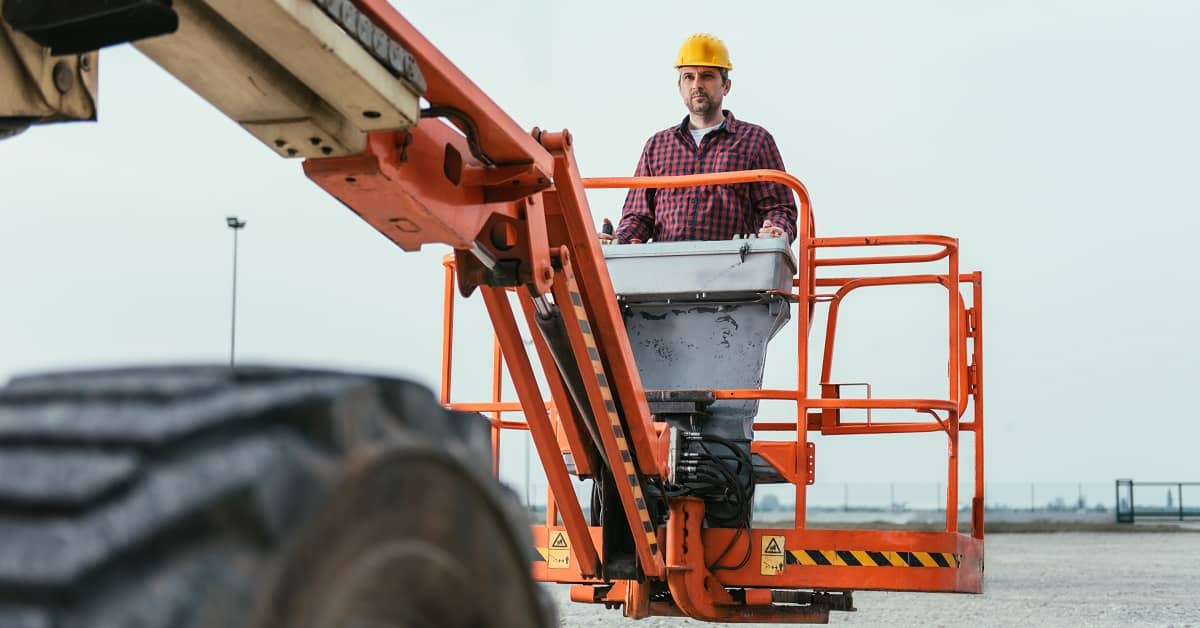
From construction workers to warehouse employees to farmhands, aerial lifts are a fixture of many different occupations. Aerial lifts are popular because of their versatility, enabling workers to perform jobs at heights without having to climb ladders or erect scaffolding.
Unfortunately, aerial lift accidents are a common occurrence in a multitude of different industries. If you were injured while working on a boom lift, scissor lift, cherry picker, or other equipment, it is important to speak to a lawyer as soon as possible.
An aerial lift accident lawyer can investigate the cause of your injuries and identify your options for pursuing compensation. Contact Patrick Daniel Law for free today if you were hurt or lost a loved one in an aerial lift accident caused by the following factors:
Workers who operate aerial lifts should be trained and certified in their use. Unfortunately, employers are often unwilling to pay for these courses, nor do they encourage or require workers to achieve certification. Workers may be unaware of the importance of training or be unable to pay for the courses themselves.
As a result, many aerial lift accidents can be attributed to a combination of inexperience (on the part of workers) and negligence (on the part of their employers).
Falls account for the majority of serious injuries and deaths in aerial lift accidents. Although a variety of different factors can lead to falls from aerial platforms – such as a loss of balance, leaning too far over the edge, etc. – adequate safety equipment should be able to stop these falls.
Employers have a duty to provide workers with fall prevention equipment (such as harnesses) and gear that can reduce injury in the event of a fall (such as hardhats). When they fail in this duty, the consequences can be catastrophic.
In addition to people falling from aerial lifts, falling objects represent another major hazard on construction sites and in other types of workplace. The danger in this case, however, is to the people on the ground.
Tools, materials, and other objects that fall and hit someone from even a few feet off the ground can cause a traumatic brain injury or other serious harm. Objects falling from the heights to which aerial lifts are designed to extend – often multiple stories in the air – can be deadly.
After falls and falling objects, electrocutions make up a significant portion of fatalities in construction accidents and other types of job site deaths. When an aerial lift is involved, the number-one cause of electrocution is contact between the work platform and overhead power lines.
Electrocution in aerial lift accidents may occur as a result of operator error (i.e., a worker accidentally guides the platform into the power lines) or due to improper positioning of equipment in the vicinity of power lines.
Another broad category of injuries that accounts for a high number of worker deaths in construction is “caught in-between” hazards. When using an aerial lift, workers should take all precautions to avoid being caught:
Many of these aerial lift accidents arise due to operator error, but lack of training on the job site should never be overlooked as a cause.
A wide range of defects can make boom lifts, scissor lifts, and bucket trucks unsafe. Some of the most common aerial lift defects that can result in accidents include:
Defective aerial lifts may collapse or tip over, putting workers on the platform and those at ground level in serious danger.
Employers are responsible for ensuring that all equipment on the job site works properly. Unfortunately, many companies do not invest the necessary time, money, and manpower toward inspections and making repairs. As a result, workers are often forced to use equipment that is unsafe.
Aerial lifts are particularly prone to failure if they are not maintained and repaired. The frequent recalls issued by companies like Genie are another major problem, as companies that purchase aerial lifts are expected to perform recommended maintenance and take additional actions on their own – something that rarely happens.
Exceeding the weight limit is a frequent cause of accidents where an aerial lift tips or collapses. Overloading a lift may occur due to operator error and/or the failure of a supervisor to oversee operation of the lift, as well as the failure of a manufacturer to include labels specifying how much weight the lift can safely hold.
Unless they are specially designed for irregular surfaces, aerial lifts should always be operated on flat terrain or flooring. One of the biggest mistakes workers can make is to position the aerial lift on ground that is uneven or sloping. Doing so carries a high risk of the lift falling over or rolling.
Heavy rain, high winds, and lightning are just a few of the weather conditions in which workers should not operate an aerial lift. In some cases this is unavoidable (such as linemen working on transformers during a storm), but generally speaking supervisors should advise workers to wait out the weather.
Aerial lift accidents frequently involve the intersection of several complex areas of law. Depending on the circumstances, workers’ compensation law, product liability law, and/or personal injury law may all apply in your case.
It is crucial not to try to handle such a complicated claim (or claims) on your own. Patrick Daniel Law can assess the facts of the case, advise you of your legal options, and pursue compensation on your behalf. Our team is Strategic, Meticulous, and Merciless, and we will fight for the outcome you deserve.
Please call Patrick Daniel Law at (713) 999-6666 today for a free case evaluation. Our aerial lift accident lawyer serves clients in Houston, throughout Texas, and nationwide.
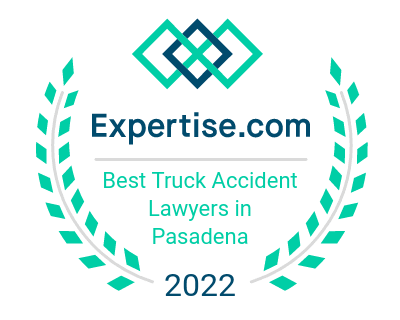 Top Truck Accident Lawyer in Pasadena
Top Truck Accident Lawyer in Pasadena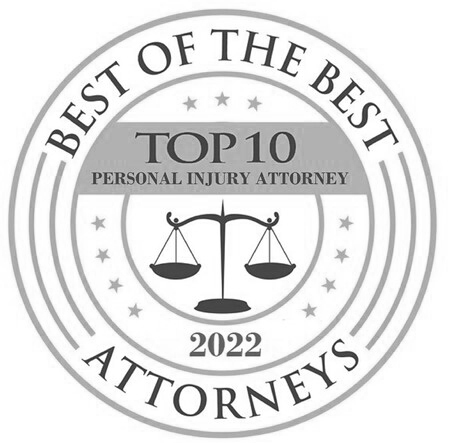 Best of The Best Attorneys
Best of The Best Attorneys Best of the Best Houston Chronicle 2021
Best of the Best Houston Chronicle 2021 Best Motorcycle Accident Lawyers in Houston 2021
Best Motorcycle Accident Lawyers in Houston 2021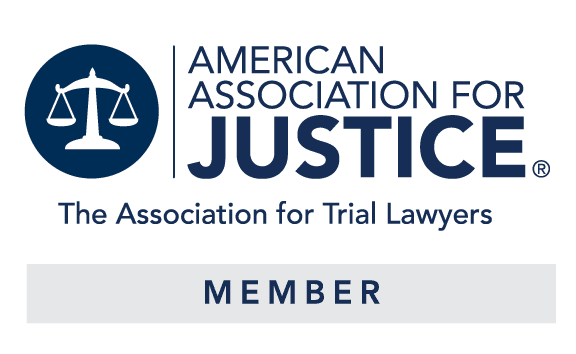 American Association for Justice Member
American Association for Justice Member The National Trial Lawyers 2016 – (Top 40 under 40)
The National Trial Lawyers 2016 – (Top 40 under 40)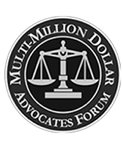 Multi-Million Dollar Advocates Forum 2016 (Top Trial Lawyer)
Multi-Million Dollar Advocates Forum 2016 (Top Trial Lawyer)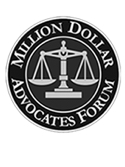 Million Dollar Advocates Forum 2019 (Top Trial Lawyer)
Million Dollar Advocates Forum 2019 (Top Trial Lawyer) America’s Top 100 Attorneys 2020 (High Stake Litigators)
America’s Top 100 Attorneys 2020 (High Stake Litigators)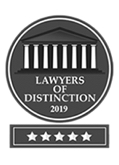 Lawyers of Distinction 2019, 2020 (Recognizing Excellence in Personal Injury)
Lawyers of Distinction 2019, 2020 (Recognizing Excellence in Personal Injury)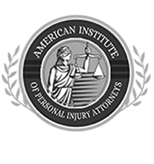 American Institute of Personal Injury Attorneys 2020 (Top 10 Best Attorneys – Client Satisfaction)
American Institute of Personal Injury Attorneys 2020 (Top 10 Best Attorneys – Client Satisfaction)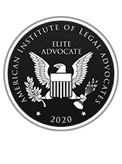 American Institute of Legal Advocates 2020 (Membership)
American Institute of Legal Advocates 2020 (Membership)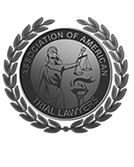 Association of American Trial Lawyers 2018 - Top 100 Award recognizing excellence in personal injury law
Association of American Trial Lawyers 2018 - Top 100 Award recognizing excellence in personal injury law American Institute of Legal Professionals 2020 (Lawyer of the Year)
American Institute of Legal Professionals 2020 (Lawyer of the Year) Lead Counsel Verified Personal Injury 2020
Lead Counsel Verified Personal Injury 2020 The Houston Business Journal 2021
The Houston Business Journal 2021